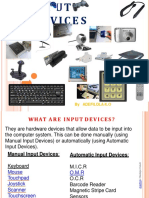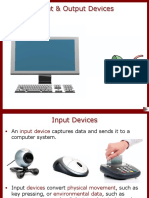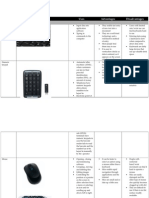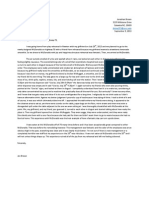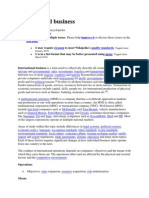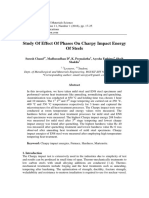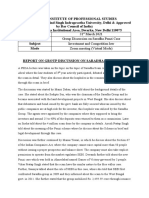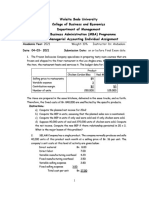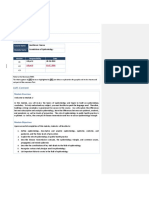0% found this document useful (0 votes)
19 views12 pagesChapter 2
Chapter 2 discusses input and output devices used for computer interaction, detailing various types such as keyboards, pointing devices, and scanners, along with their characteristics, uses, advantages, and disadvantages. It also covers direct data entry devices like magnetic stripe readers and RFID readers, highlighting their efficiency in data input. The chapter concludes with an overview of output devices, including monitors, printers, and speakers, emphasizing their roles in displaying and producing information.
Uploaded by
Usman waheedCopyright
© © All Rights Reserved
We take content rights seriously. If you suspect this is your content, claim it here.
Available Formats
Download as PDF, TXT or read online on Scribd
0% found this document useful (0 votes)
19 views12 pagesChapter 2
Chapter 2 discusses input and output devices used for computer interaction, detailing various types such as keyboards, pointing devices, and scanners, along with their characteristics, uses, advantages, and disadvantages. It also covers direct data entry devices like magnetic stripe readers and RFID readers, highlighting their efficiency in data input. The chapter concludes with an overview of output devices, including monitors, printers, and speakers, emphasizing their roles in displaying and producing information.
Uploaded by
Usman waheedCopyright
© © All Rights Reserved
We take content rights seriously. If you suspect this is your content, claim it here.
Available Formats
Download as PDF, TXT or read online on Scribd
/ 12














